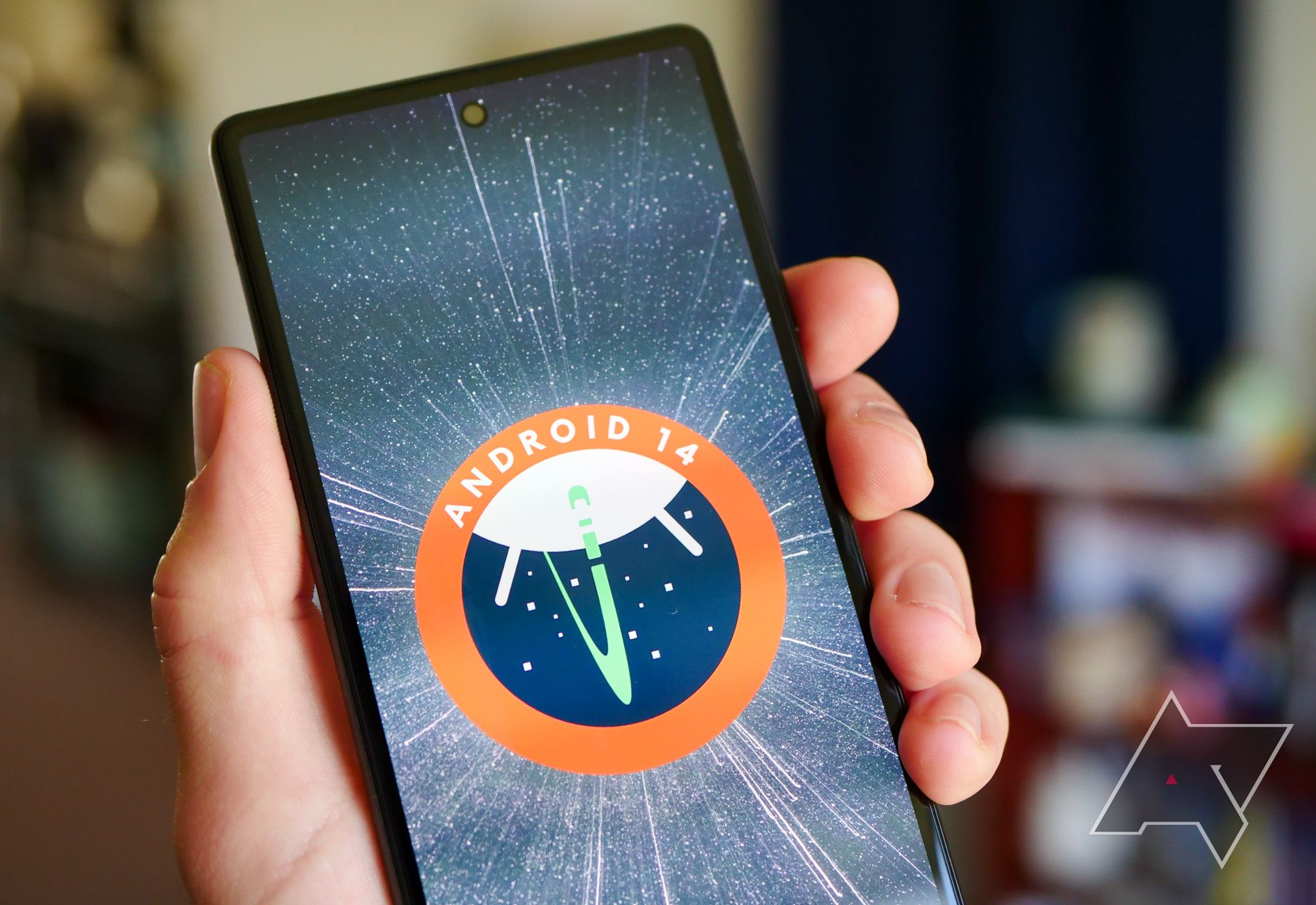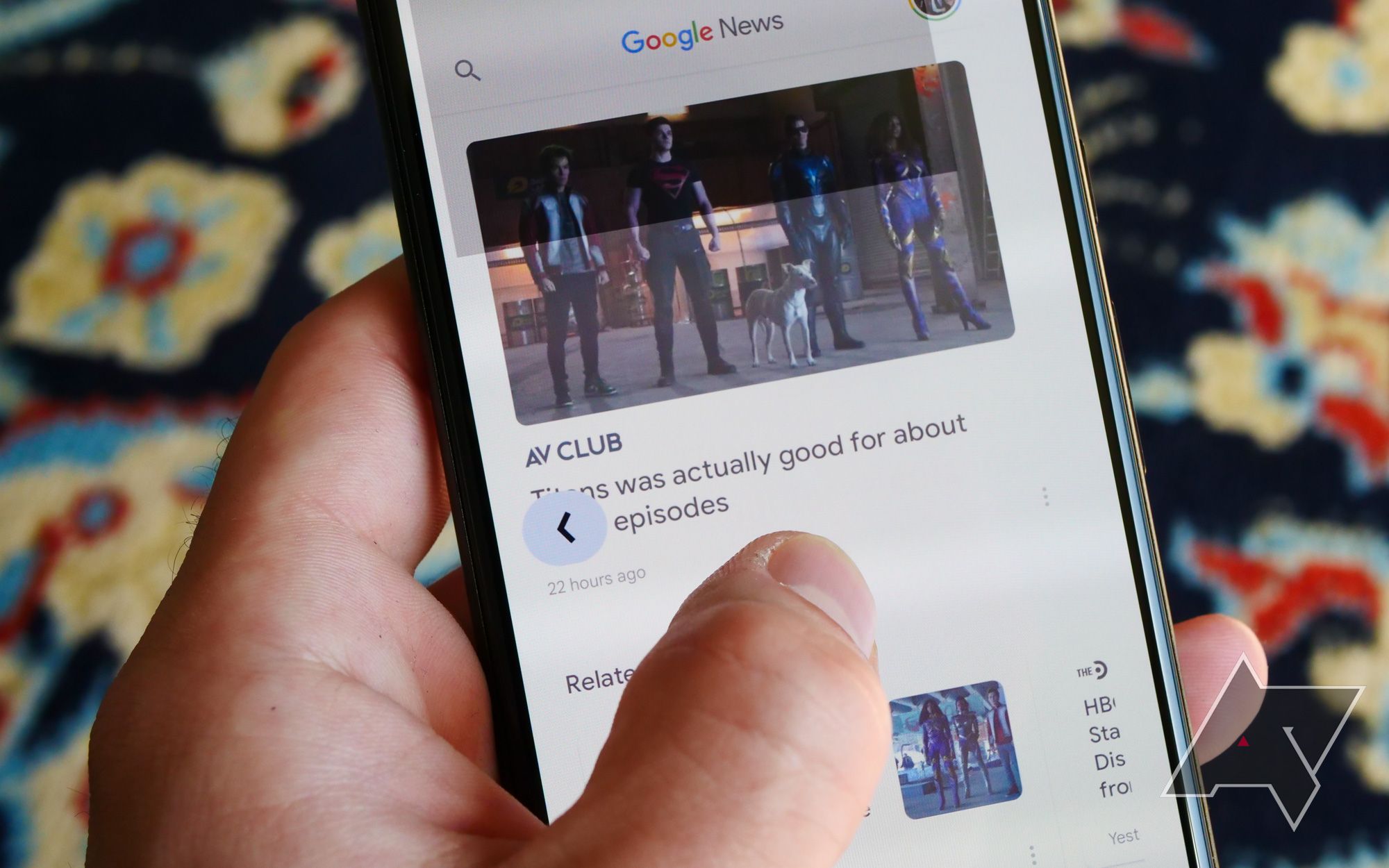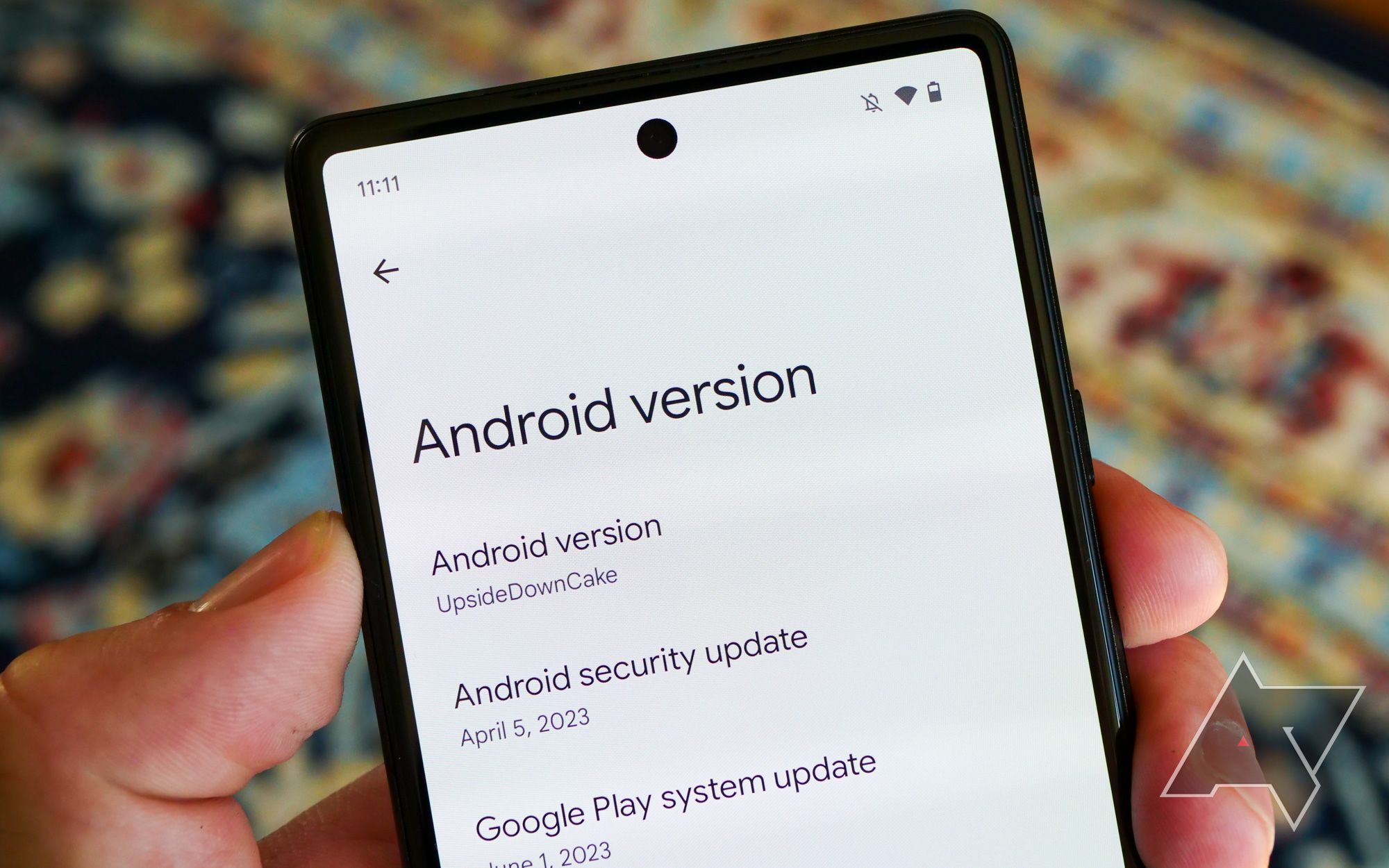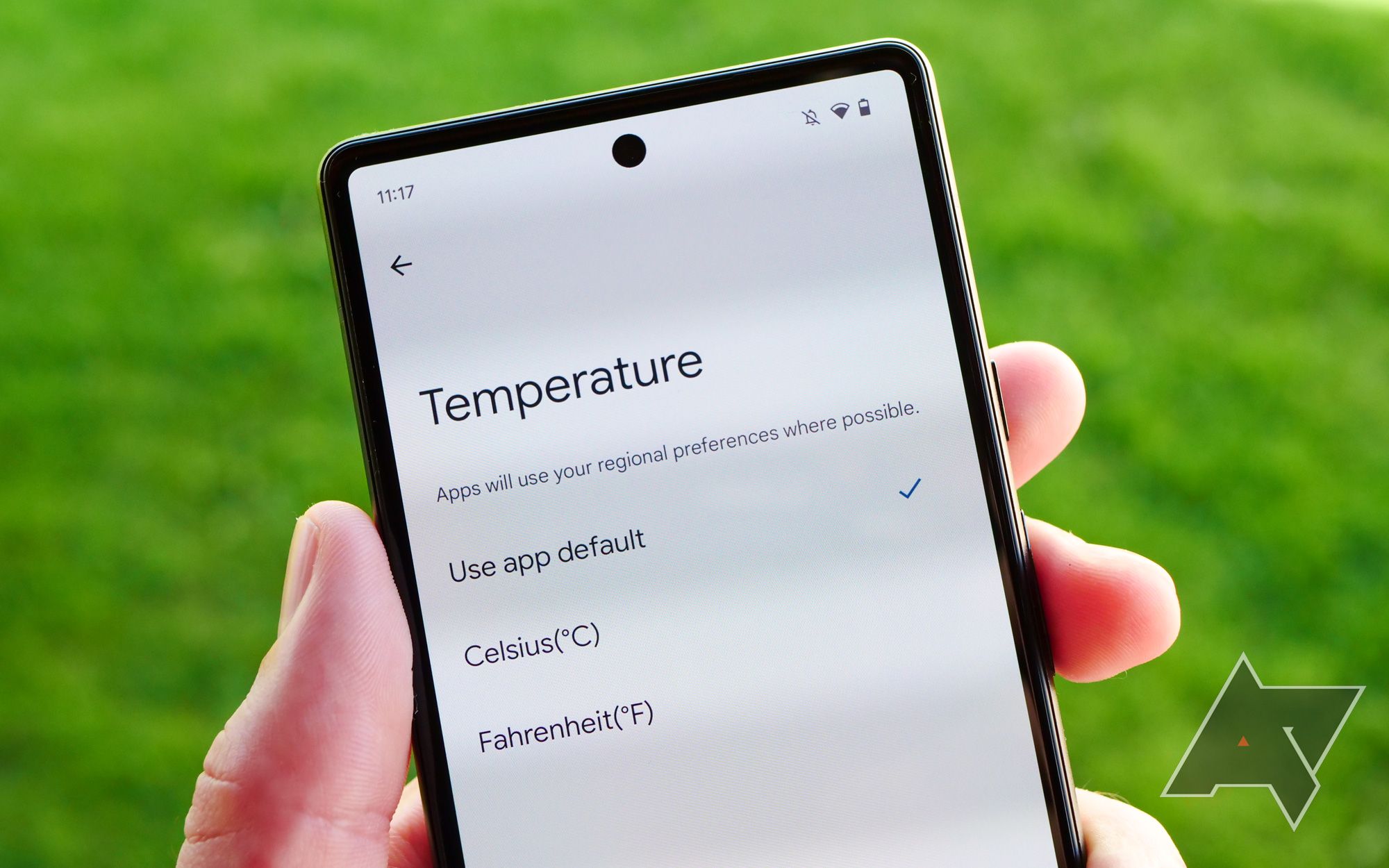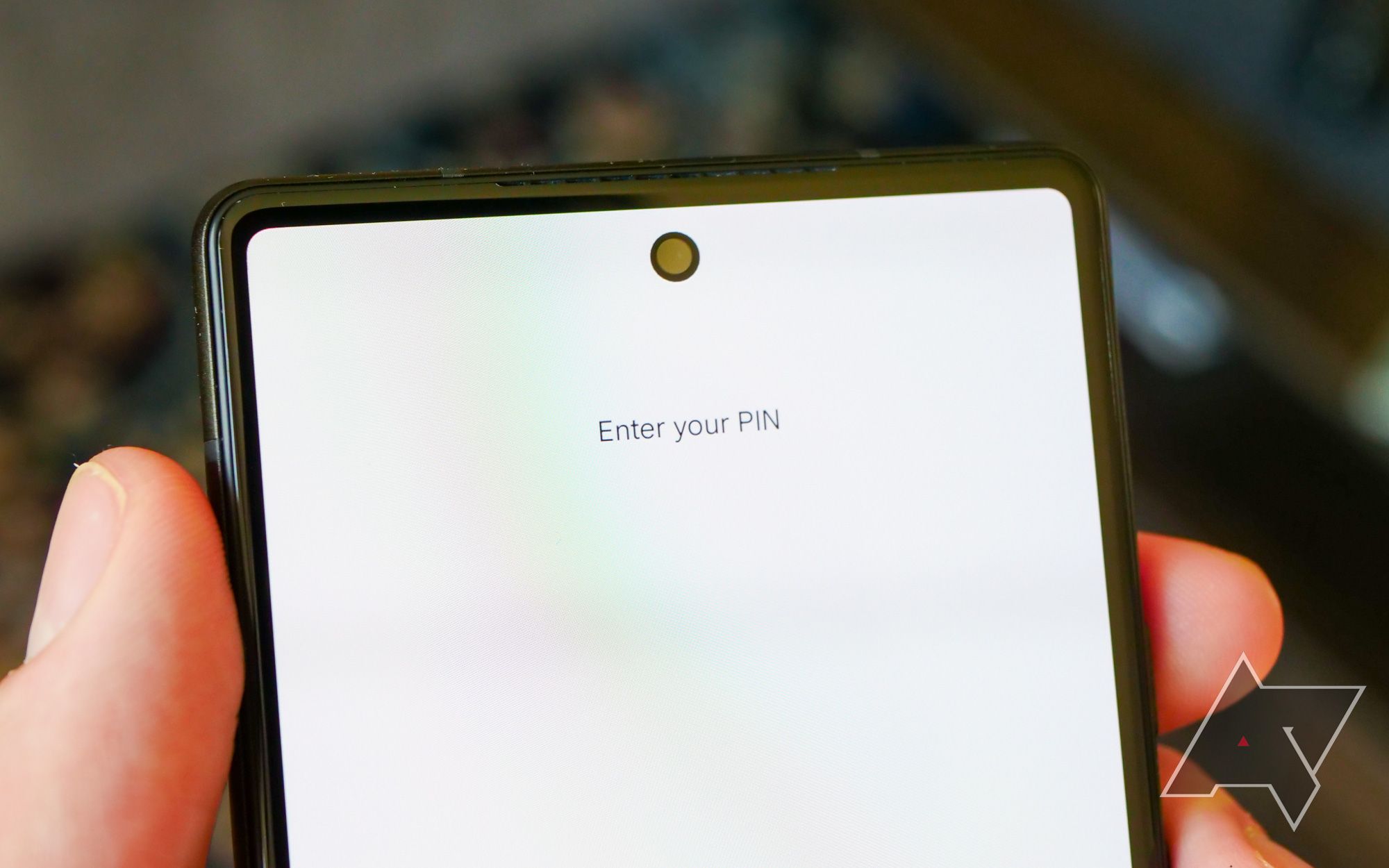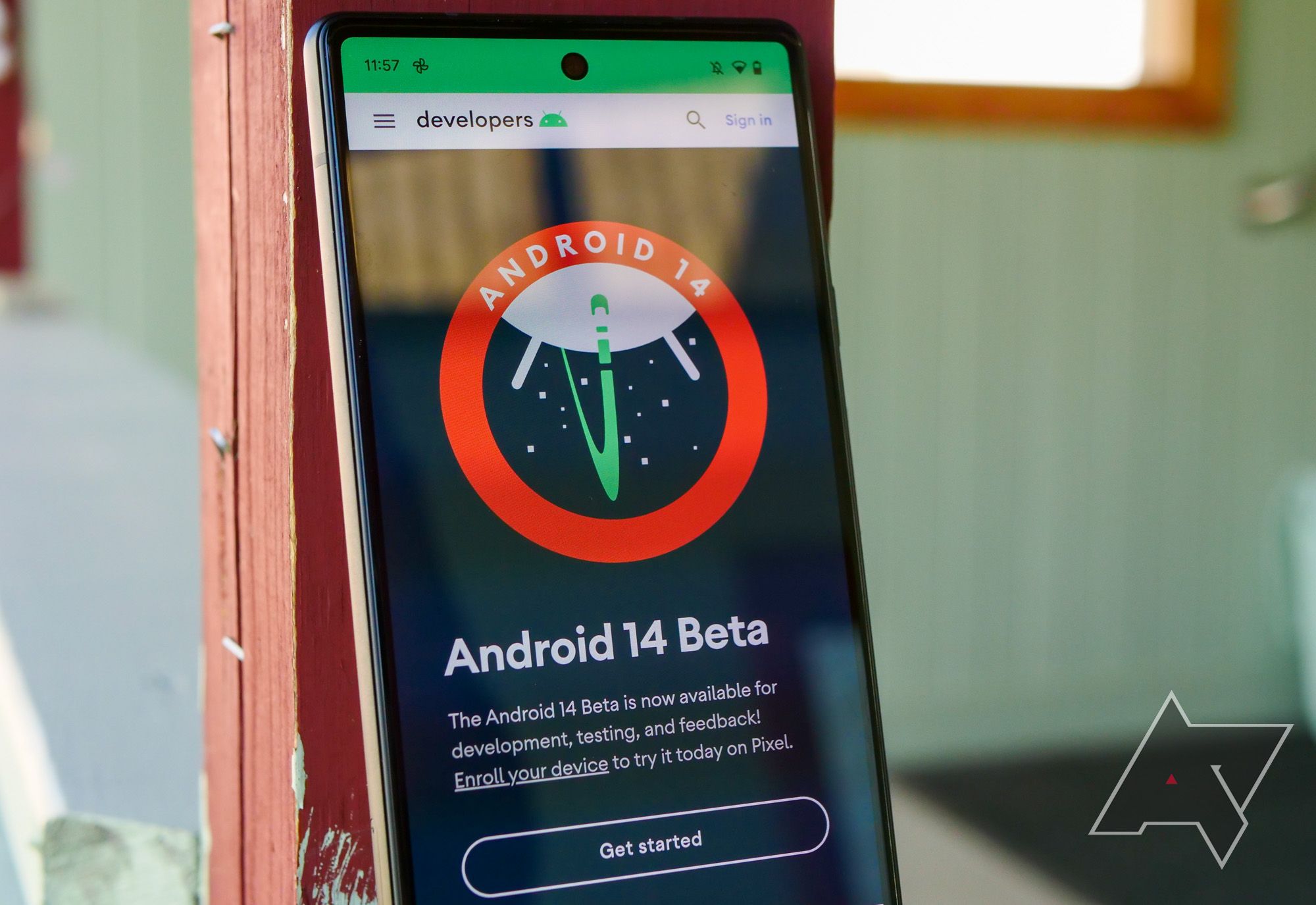Whenever a new version of Android comes around, it's only natural to look for some kind of theme, a concept that Google seems to be working off of as it builds onto its mobile OS. Not every update fits this mold, but some of the most memorable changes — Android 5.0 Lollipop, Android 8 Oreo, Android 12 — all had a massive concept in mind, whether it was a visual overhaul or big adjustments to the backend that powers our favorite smartphones.
So far, Android 14 isn't one of those launches. Even compared to last year's iterative upgrade, the tweaks we've seen so far are scattershot and, at least as far as user-facing changes are concerned, pretty minor in action. Android 13 felt like a clean-up job after a massive reimagining of the OS, but what exactly does that make this year's release? And does it even matter if Android 14 lacks a cohesive vision if the changes are good? I installed this week's beta release to find answers to my questions, but frankly, I'm not sure I have a better understanding just yet.
These new back gestures are great — when apps support them
Let's start with what is, in my eyes, the biggest change here: a total reworking of back gesture navigation. Android's history with gestures is long and winding, but since Android 10 in 2019, things have stayed relatively consistent. You swipe up to go home, swipe and hold to see your recent apps, and swipe along the sides of the device to return to a previous page.
It's the last one that is getting a radical rethinking in Android 14. We've written about predictive back gestures before — in fact, this idea dates all the way back to the Android 13 beta — but with this beta release, it's finally starting to come together. What seems like a simple idea on the surface is, as usual, deeply complex. That's why it's taken so long for these optimized back gestures to even make their way to Android.
No, I do not know what's up with that strange shadow. Perhaps another one of Android 14's bugs.
So what's going on here, and why is it such a big deal for Android? Make sure you read Manuel's hands-on from Android 14 DP2 — he breaks down exactly what's happening here — but in the simplest terms possible, Google is working to eliminate any confusion that can arise when swiping back. Instead of a basic icon appearing on-screen before the previous menu — or page, or the home screen — loads, predictive back gestures are capable of showing you the content behind your current display. That way, you know exactly where you're heading, and can stay on your current page if you'd prefer.
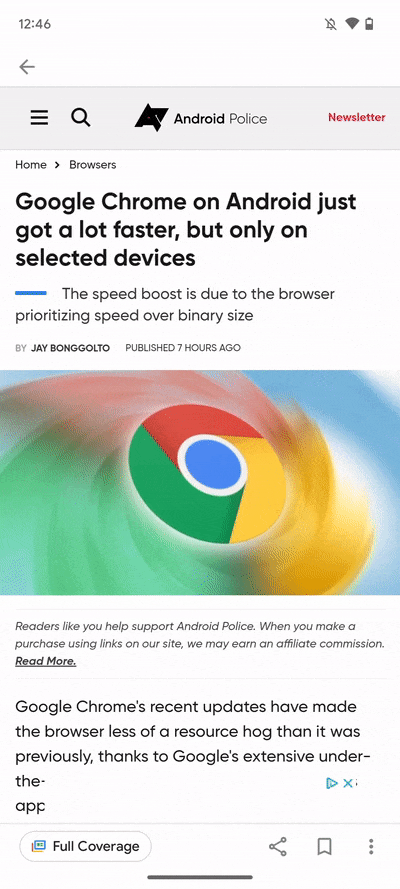
This is definitely still a work in progress, though. For one thing, Google has kept this feature disabled by default since it launched on Android 14 DP2; you need to toggle it on in developer options. For another, it's very clearly still a work in progress. Not only has the animation continued to evolve from what Google rolled out just one month ago — this time, it's rocking a Material You-supported back icon — but it's also incredibly buggy, even on Beta 1. After enabling it on my Pixel 6, I was faced with several moments where the gesture didn't properly animate, or if it did, it failed to properly load.
App developers will also have to build support in their apps for these new animations, which could limit their reach when Android 14 launches for everyone later this year. Much like dynamic theming in Android 12, this could rain on the parade of what's shaping up to be a cool new feature, but I'm choosing to be optimistic.
Predictive back gestures are, without a doubt, one of those features that Android Police readers will geek out on while regular users rarely notice. Still, I think it's a big leap forward for a common complaint towards a function that's been on Android phones since the T-Mobile G1, and should make swiping through the OS feel a lot more cohesive. To paraphrase one particularly famous YouTube video, you might not notice these sweet new gestures, but your brain did.
A few minor, but welcome, visual tweaks
These new back gestures had a whole lot of polish to a small element in Android, which seems to be a common goal for the update as a whole. At its core, Android 14 looks virtually identical to its predecessor, but a few small touches make for an exciting update.
For example, I'm a huge fan of all the changes Google continues to make to the media player found in the notification tray. From the squiggly playback bar added last year to the new lava lamp effect that appears when you're playing music, it's a sense of fun that has been missing from Android far too often over the last few years, and shows Google still has some whimsy left in it.
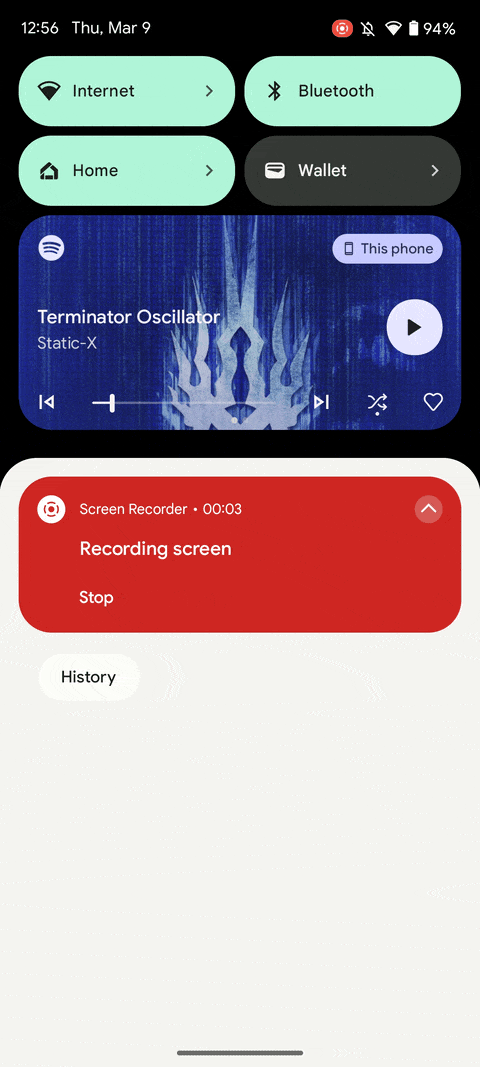
Android is also pushing forward with its focus on customization, though neither of the two features I'm most excited about are available in this beta version just yet. Google's new emoji wallpaper creator looks like a fun time waster — I have no idea how long I'd use these as my main backdrops, but I'm certainly willing to try them out. Meanwhile, Android is also decoupling the home and lock screens when using live wallpapers, allowing for two different options to be set at once. Nice.
But again, lots of these tweaks just aren't active in Android 14 Beta 1, which leaves me wondering whether we're going to see some surprises at Google I/O next month. All of these changes seem like something that could arrive in a Pixel Feature Drop — the lava lamp media player effect even made its first appearance in a QPR2 beta before disappearing — so keeping them for a major OS drop is something of an odd choice. I'm hopeful for a more cohesive vision tying these elements together in future betas, but I won't be surprised if this is all we get for visual changes.
And lots of background system changes
As you'd expect from an update with so few visual changes, many of Android 14's most exciting elements are behind the scenes. I've already waxed poetic about my enthusiasm towards the new back gesture, but there are plenty of other elements coming to smartphones — and, maybe more specifically, Pixels — that I'm excited about.
For example, Google is shaking up PIN inputs on the lock screen. Not only is the company making it easier to hide your PIN as you type it — an all-too necessary step these days — but Pixels will also finally, finally be able to unlock without having to tap enter. Every year, Google adds a software tweak that other manufacturers like Samsung and OnePlus have offered forever, and this feature falls into that camp. That doesn't make me any less happy to see it here, of course.
To the disappointment of my grade school French teachers, I failed to learn a second language at a high-enough level to be considered bilingual — apologies, Madame K. So while I haven't taken much advantage of last year's per-app language settings, I am pretty excited for per-app regional preferences. These options allow you to control, for example, temperature units. As someone who lives a short 25-minute drive from the Canadian border, this is great.
Other tweaks include separated ringtone and notification sliders for perfectly adjusting your sounds, and app cloning — another tool offered on One UI and other third-party skins that Google is only now just catching up to. These are all obvious improvements, sure, but that doesn't make me any less excited for them to arrive on all supported Pixels later this year.
Where'd all these bugs come from?
I know, I know — I can hear you typing now. It's a beta, what did I expect, right? Android 12's betas — and, arguably, its final release — were notoriously bug-ridden, but with so many visual changes, problems were bound to arise. I'm particularly surprised about the current state of Android 14 because, well, last year's beta was surprisingly stable. And with this upgrade feeling like "more of the same," the amount of bugs early testers have run into have caught me off guard.
We praised Android 13 Beta 1 last year for how smooth it felt right out of the gate, something that continued throughout most of its testing period. But this release just isn't up to par — in fact, I'd actually recommend anyone interested in the beta wait for the next release in May to sign up.
These are issues I'd expect to see in a developer preview, not a publicly available beta.
Across all parts of the web, we've seen countless reports of people running into moderate to major issues while running Android 14 on their Pixels. Some of these I've seen on my own device, such as a non-functioning fingerprint scanner (not that the Pixel 6 ever had a functioning scanner, am I right? Heyo!) and the Wallpaper and Style app constantly crashing.
Prepare to see this screen a lot.
Other problems spotted include the inability to select text from recent apps (which is being worked on for the next beta), the lack of a cellular connection indicator shown in the status bar (which has a fix on Reddit), adaptive brightness no longer functioning (I haven't seen this, but it sounds annoying as hell), and, on a personal level, momentary freeze-ups after uninstalling apps. These are issues I'd expect to see in a developer preview, not a publicly available beta.
Many of these bugs appear widespread, and it wouldn't surprise me if a Beta 1.1 arrives sometime before the end of April to help clean up these issues. But regardless, it's a rough start for this year's public Android 14 preview.
An early vision of Android that feels particularly unfinished
Between the lack of a cohesive theme and the sheer number of bugs, this first look at Android 14 feels — dare I say it? — a little disappointing. It's not that I think this year's OS upgrade will be bad; rather, it's that the changes that we've seen so far feel disjointed and scattershot. If that's what Android 14 ends up being, it'll still be the best version of Android we've seen yet — that's just par for the course for incremental improvements. But my inner nerd just can't help but feel a little empty about what's here so far. An iterative update can be great for actually using the phone, but it's hard to get excited about.
Again, it's possible Google I/O provides a clearer picture of what Android 14 is aiming to be — AI feels all but certain to be a part of that. But if you were hoping this initial beta release would feel like much more than a third developer preview, you'll have to keep waiting for something a little more fleshed out.

